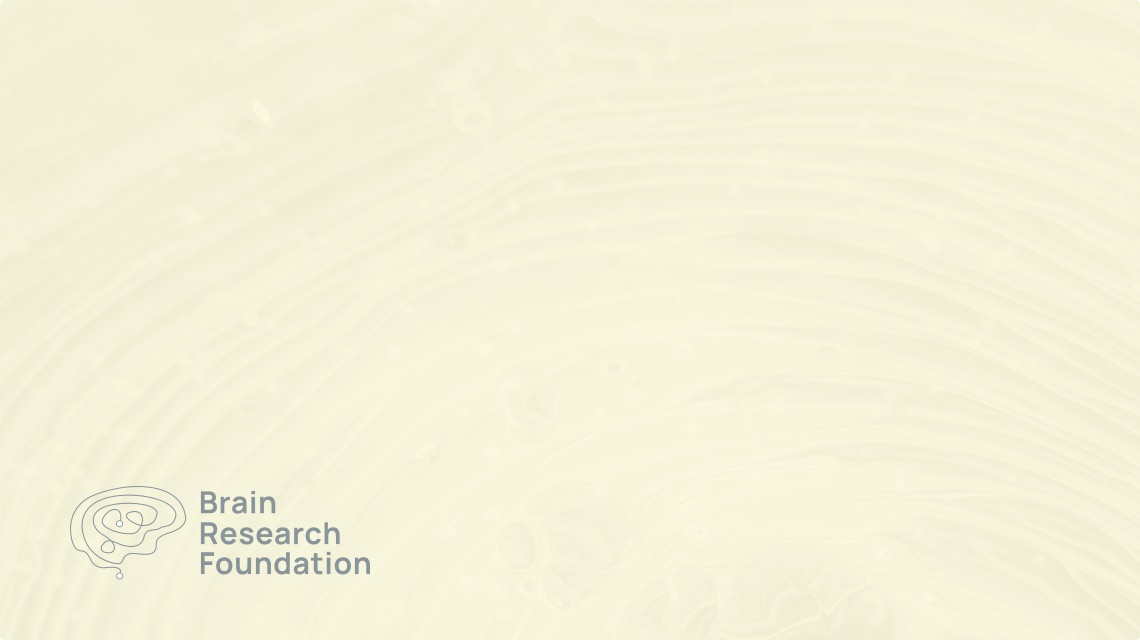Molecular mechanisms of neocortical cell type specification
2007 Seed Grant
Clifton Ragsdale, Ph.D.
The University of Chicago
The largest structure in the human brain is the cerebral cortex. The distinctive feature of the cerebral cortex is that it is organized into layers, each of which has a specific function. A key question in neuroscience is how the cells of the different cortical layers are produced in development. The Ragsdale laboratory has identified cortical cell types in a key model organism for developmental studies, the chick embryo. In the proposed research the Ragsdale laboratory will collect preliminary data in the chick embryo on the developmental mechanisms involved in generating cortical cell types. Such preliminary data is essential to compete for NIH grant support for this work.
The cerebral cortex is a major site of injury and disease in the human brain. One possible treatment for cerebral cortex damage is cell replacement, either by stimulating resident neural stem cells or by supplying stem cells from other parts of the body. To control the generation of the correct kinds of replacement cells, we need to understand how the neurons we plan to replace are generated in normal development. This is the goal of Dr. Ragsdale’s proposed research.


